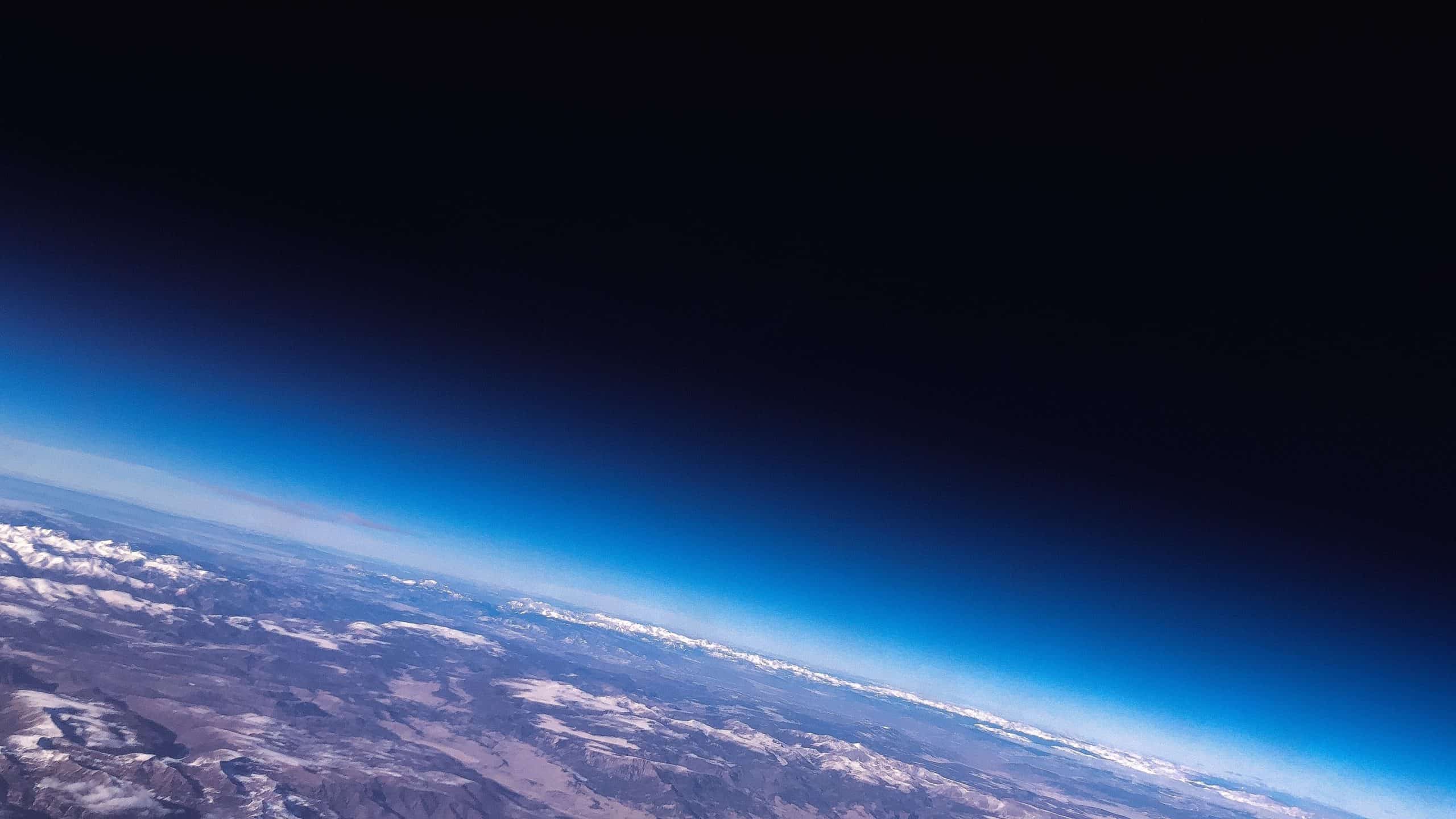On November 12, the United Nations Climate Change Conference (COP26) ended in Glasgow, Scotland. The purpose of the conference was to assess progress in dealing with climate change, with special attention to greenhouse gases emitted by developed nations. This conference came after the UN Intergovernmental Panel on Climate Change reported that it may be too late to reverse the damaging effects humanity will experience due to climate change. That fact, combined with the recent trips to space by billionaire Amazon CEO, Jeff Bezos, have me thinking about Pixar’s WALL-E (2008) and our motivations for continuing to develop exotic forms of technology that make life for us more tolerable.
Since the exponential burst of technological innovation our modern world has produced, it seems all of our efforts at understanding nature and the world are aimed at manipulating and conforming it to suit our comfort. Ultimately, the goal of progress is oriented toward making a world without suffering. The unintended consequences of such a goal has had terrible consequences for our sense of humanity. We have pitted ourselves against nature and hyper-emphasized individualism. Turning our attention to WALL-E, I find it an incredibly informative parable of the fulfillment of the goal of a world without suffering and perfect human comfort.
WALL-E takes place in the year 2805 AD. Planet Earth is a desolate, trash-filled rock slowly being cleaned by a mini-robotic trash collector named WALL-E. Humans have been living in the “AXIOM Starliner,” a luxury space-station light-years away from Earth, for some 700 years. In this new environment, humans have become globs of fatty-tissue go-karting around in automated hover-chairs. The only muscles they exercise are their gullets as they continuously slirp down their food: a kind of shake that is the maximally efficient nutrition delivery method. They stream every kind of entertainment, completely unaware of other people or the amazing amenities provided to them in this wonder of human achievement.
Periodically, the AXIOM sends a probe across the galaxy, back to earth, to survey the landscape and search for evidence of photo-synthesis, the marker that the earth is recuperating and becoming habitable for humans to return. When WALL-E finds a sapling-plant and shows it to the probe, EVA, she scans, identifies, and takes the plant. She automatically enters into a standy-by mode to wait for a return flight to the AXIOM space station. We eventually learn that the AXIOM’s AI pilot, “AUTO”, was secretly programmed to completely abandon earth. Upon receiving the plant from EVA, AUTO takes steps to ensure the little sapling is destroyed.
In the opening scenes of the film, we are bombarded by images of a completely desolate planet earth full of all sorts of the consumer products branded “BNL,” which stands for the megacorporation, Buy-N-Large. The earth’s surface is almost completely covered with skyscrapers and roads.. Litter covers everything. What little land is left has become desert.
As far as we can tell, the planet is a dead, inhabitable trash heap. How did this happen? For most of human history, we’ve lived with certain reverence and awe of the created world, especially as we faced the perceived violence of weather and the reality of limited resources. But since our knowledge of chemistry and physics has increased, we’ve oriented our efforts to overcome nature and have taken an increasingly adversarial stance against her.
As humanity continues to pursue escaping suffering, nature becomes the first exile of the human tribe pushed to the outskirts of the walled city. But the break-down of community doesn’t stop there. As human suffering persists, the new object of suffering becomes fellow man. When people resist suffering for each other, whether from disagreements or because we are called to sacrifice ourselves for another, humanity disintegrates into a radical individualism as each person continues to focus on fulfilling the end of their individual comfort. The weak and defenseless tend to bear the worst of this inhuman disintegration.
The fulfillment of this kind of individualism is demonstrated not only by the condition of the human beings on the AXIOM Starliner, but also in their social interactions. Coasting around on hover-chairs, reduced into what look like corn-hole bean-bags, the people of the AXIOM barely notice each other. Their field of vision is completely encumbered by screens filled with images of every kind of entertainment. What little interpersonal communication happens is done through video monitors. Physical touch is never present. We even get a glimpse into their reproduction cycle. Children are disassociated from the act of love. Babies are born in boxes, move to a kind of hoever-stroller during school, and ultimately graduate into their hover-chair. This is the end, the telos, the fulfillment of individualism: isolation.
Aside, from the apathetic existence of “humans” on the starship, WALL-E teaches us that there is something completely magical about our planet. WALL-E, the last earthling, is the only character with dreams, aspirations, and desires. The rest of the space-characters are on auto-pilot, programmed to fulfil a specific function.
When WALL-E leaves Earth and as he wanders around the AXIOM on his mission, his drive for meaningful connection and community is infectious. He disrupts the passive existence of everyone he meets and shakes them out of their apathy. Throughout the film, we see people slowly waking-up from their subsistent stupor. In the climactic confrontation between AUTO and the Captain, the Captain’s humanity is fully realized, “Things have changed… out there is our home, AUTO, and it’s in trouble, I can’t just sit here and do nothing, that’s all I’ve ever done. That’s all that anyone on this blasted ship has done, NOTHING! I don’t want to survive, I want to live!”
As we become more sophisticated and skillful at eliminating suffering from our physical and social lives, we risk distancing ourselves from our home, our planet Earth, and each other. The experience of struggles, pain, and longing are accompanied by learning, growth, and joy. WALL-E may just show us that in transcending the human condition, we become blobs floating through space.
This is not a call against technology nor against space-exploration; but we must remember that Earth is a part of what makes us human. This is a call to recognize and remember the magic of our home: a reality gifted to us, created by the very breath of God. A gift so good and so worth saving that the living God chose to enter into it, live here, and participate in the daily struggles and joys of this life. In the eighth chapter of St. Paul’s letter to the Romans, he talks about life of the Spirit versus the life of the flesh. He is not telling us to abandon physical reality, but instead to change our relationship with it, to come back to life: “For those who live according to the flesh set their minds on the things of the flesh, but those who live according to the Spirit set their minds on the things of the Breath.” The flesh alone is dead, and such is the life of the people on the AXIOM floating around in their coffins. They live in stasis because any change or surprise would cause some amount of suffering. The life of the Spirit is a life that revels in the dynamics of God’s world and does not seek separation for the sake of comfort.


